By Arnold Blumberg
During World War II, after the Royal Navy’s traumatic departure from the Pacific Ocean in early 1942, the 4th Submarine Flotilla and its depot ship, the HMS Adamant, operated with the Eastern Fleet based at Trincomalee––a large, natural harbor located on the coast of Sri Lanka in the heart of the Indian Ocean. Dutch submarines joined them and were placed under British operational control after the fall of the Dutch East Indies to the Japanese.
The number of boats making up British submarine operations in the Pacific remained small, sometimes no more than four at any one time, until after the Italian surrender in September 1943 when reinforcements began to be deployed to the Indian Ocean. By late 1944 a maximum of 40 submarines were active with the Eastern Fleet. However, the length of individual boat deployment was limited by the fact that they could not be refitted in India and had to return to Britain for major repairs.
During all of 1944 through January 1945, three British subs were sunk and one severely damaged by enemy action in the Indian Ocean. In September 1944 British submarines commenced combat patrols in the Pacific under the command of Vice Admiral Thomas. C. Kinkaid, commander of the U.S. Seventh Fleet.
Since British subs were smaller and had less endurance than American boats, they were considered more suitable for inshore operations in the Southwest Pacific. By this stage of the war the force had grown to three flotillas: the 2nd, 4th, and 8th. The last moved to Fremantle, Australia, and comprised six “S” and three “T’ class vessels. The former operated in the Java Sea, the latter in the Sea of China.
The “S “ class had a speed of 10 nautical knots and a range of up to 7,000 miles and carried enough supplies on board to allow it to remain at sea for 30 days. “T” class subs, having roughly the same performance capability as the latest American submarines, could cover 12,000 miles and stay at sea for 50 days.
American subs had been based at Fremantle since 1942, and the 8th Flotilla had to fit in with the established American routines and practices. This was greatly facilitated when the U.S. Navy made available to their British counterparts Fremantle’s repair facilities as well as two U.S. Navy submarine tenders.
The 8th Flotilla’s day-to-day activities were controlled by the Commander Submarines U.S. Seventh Fleet, Rear Admiral J. Fife, who was headquartered at Perth. In April 1945, he moved his command post along with the 8th Flotilla to Subic Bay in the Philippines; the 8th Flotilla was replaced at Fremantle by the 4th Flotilla. At Subic Bay the Americans did all they could to share their repair facilities with the British submariners.
On April 1, 1945, the 2nd and 8th Submarine Flotillas were transferred to the administrative control of the British Pacific Fleet, although they still came under the operational control of the U.S. Seventh Fleet. Rather more than half the days on patrol were spent on passage, and by mid-1945 there were few Japanese targets to intercept.
British submarines were capable of operating a “wolf pack,” or coordinated patrol by two or more submarines working together. In this way they achieved success against low-speed targets. During this time, they sank 13 vessels, of which six were warships, in the Java and Flores Seas.
One of these victims was the heavy cruiser Ashigara, the last major Japanese warship to be sunk by a submarine in World War II. She was sunk by HMS Trenchant, which had sailed on patrol to Pulo Tengol in May 1945. Five of eight aimed torpedoes from the British sub fired at 4,000 yards found their mark, and the Japanese vessel sank 30 minutes after the attack. She had been carrying a large number of soldiers from Java intended to reinforce the Japanese garrison at Singapore; most of them went down with the ship.
In addition to looking for enemy shipping to sink, a number of submarines carried out special operations. These included landing clandestine parties on islands involved in intelligence work and resupplying or recovering them.
The sphere where submarines interfaced most closely with the British Pacific Fleet’s surface task forces was in the provision of air and sea rescue to retrieve downed Allied pilots. These boats normally operated near enemy-held coasts, and the proximity to Japanese territory posed grave danger to them.
A typical example of this type of sub operation was the 55-day patrol (the longest for a British submarine during World War II) of the Tantalus,part of the 8th Flotilla. From early January to late February 1945, she prowled the South China Sea looking for downed Allied pilots. Although she was never called upon to rescue any ditched airmen, her travels took her across the paths of several enemy luggers, lighters, and a tug boat, which she destroyed using gunfire.
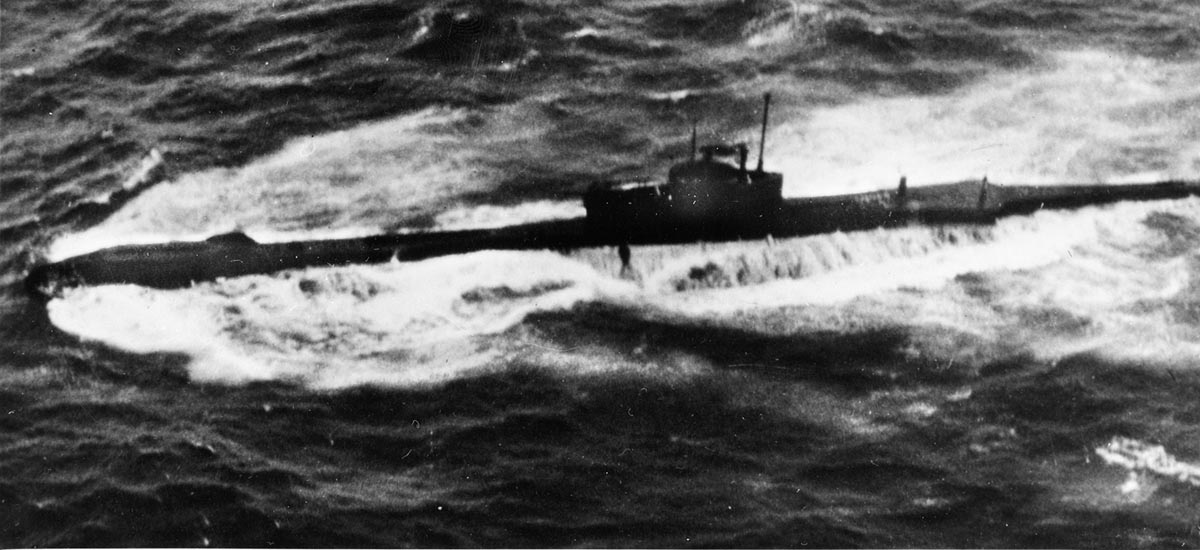
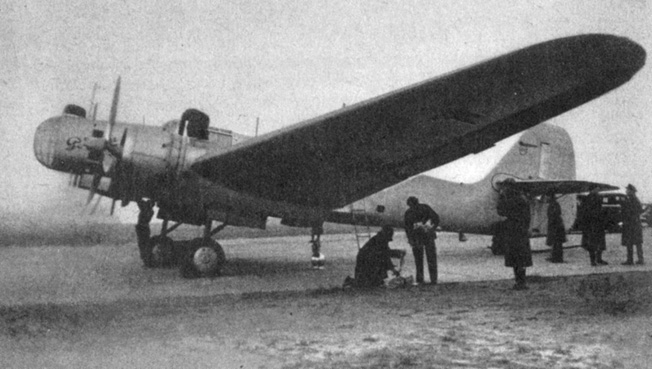
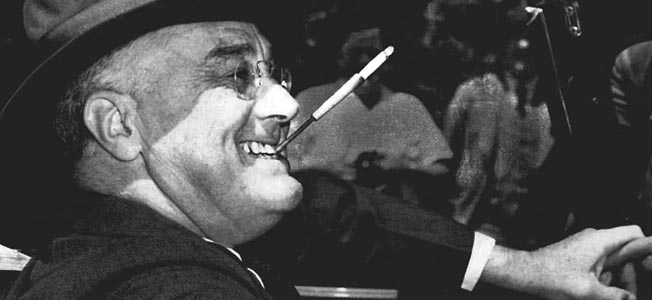
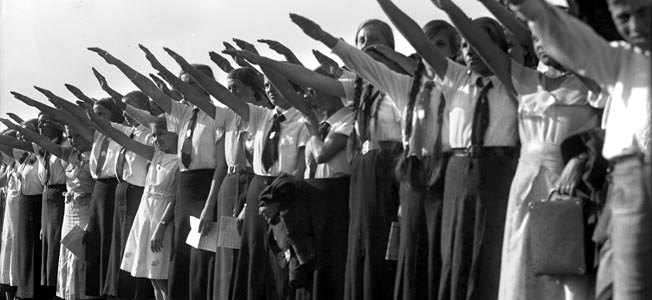
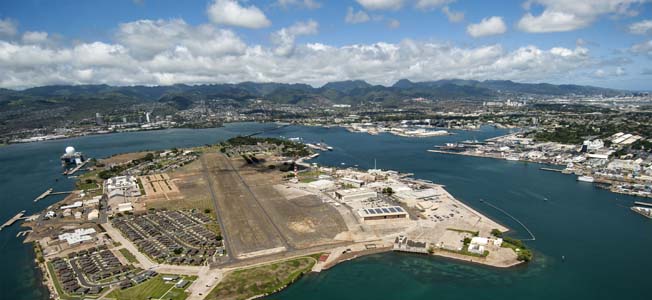
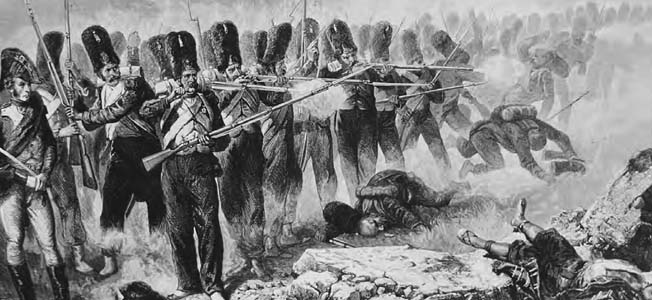
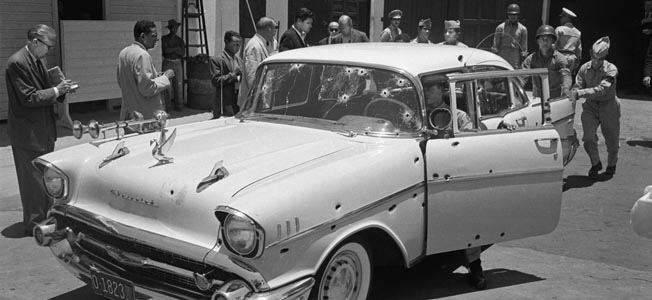
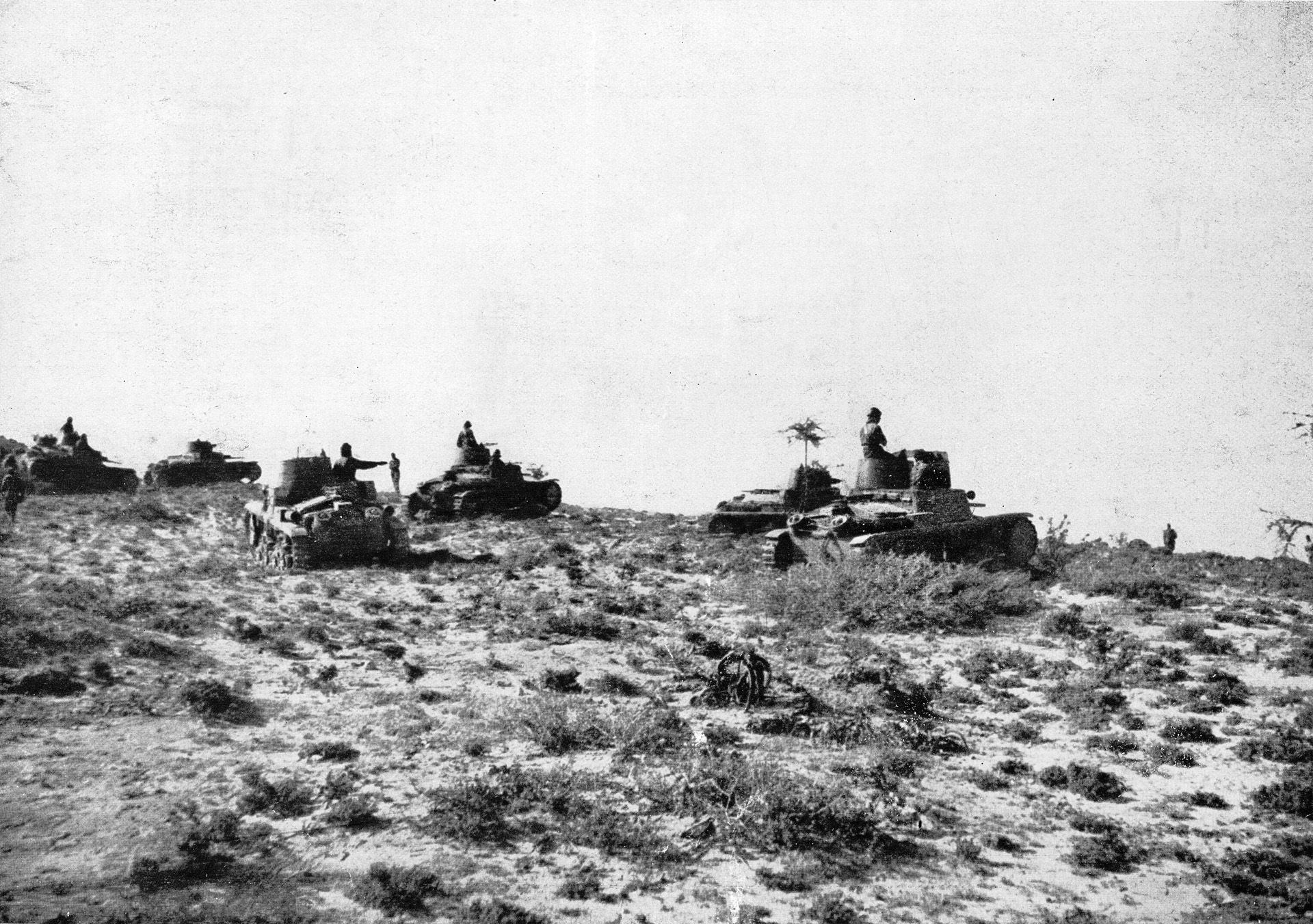
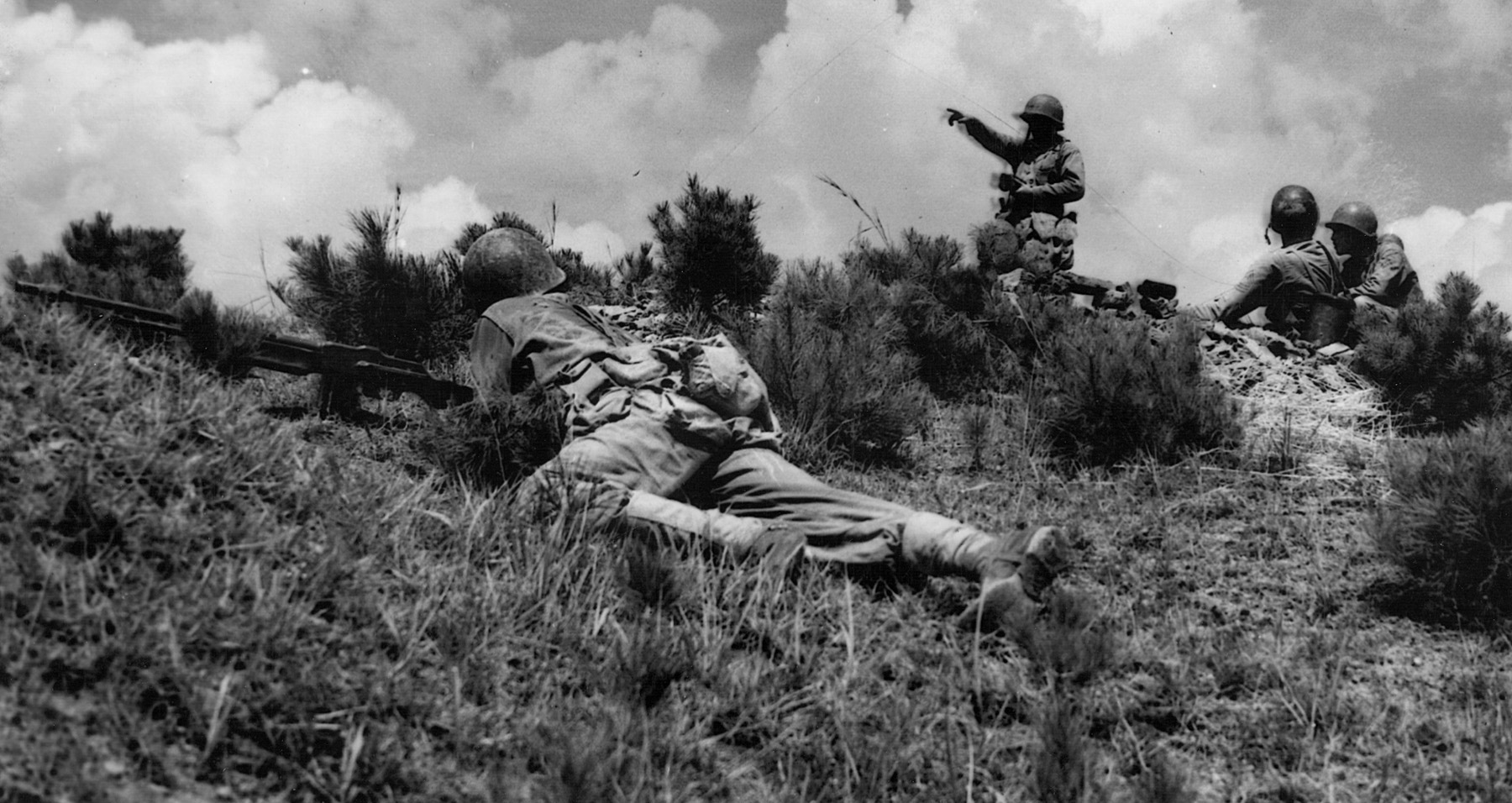
Join The Conversation
Comments
View All Comments